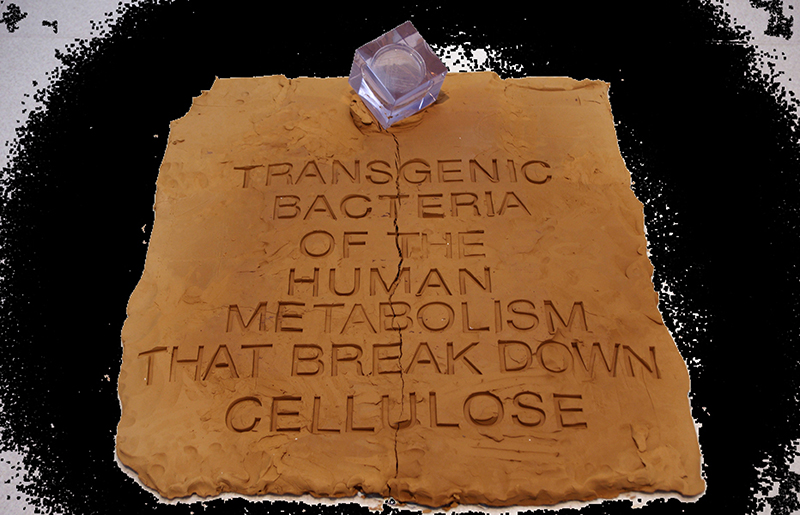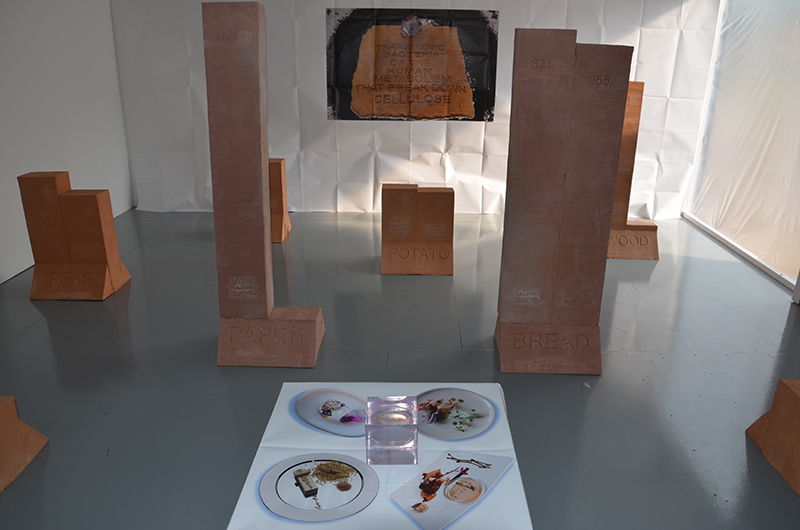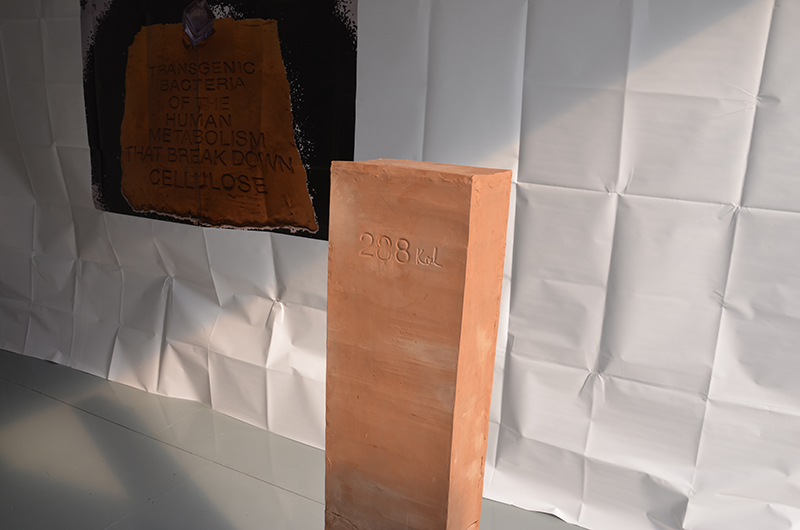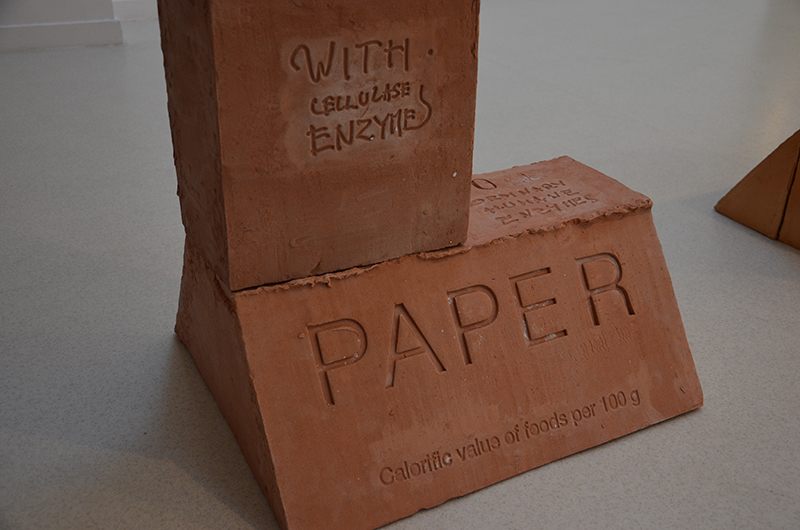











|
In the 1st century 150 million people were living on the earth. At the beginning of the 19th century there were 978 million. In the 20th century the population had already expanded from 2 to 7 billion. According to forecasts by United Nations (UN) specialists, by 2050 the population of our planet will 9 billion reach and 70% more food (in terms of kilocalories) will have to be produced. In order to feed everyone, in the next 40 years we will have to produce as much food as we have done in the last 8,000 years. At the present time, the number of people is growing 50% faster than the amount of food produced. It has been calculated that we have to produce 4 tonnes of food per hectare in order to feed 8 million inhabitants. We now produce, on average, 3 tonnes per hectare. In the UN report on the growth of the world population we can read that according to estimates by specialists, already this year the world population will exceed 7 billion and in 2023 this will be 8 billion. By 2041 there will be 9 billion people but by the end of the century there will be 11.2 billion people on the earth. Hunger in the world is not just a problem of the future, it is already a problem today. Already now one billion people are suffering from hunger. According to World Health Organisation figures Already now it is not possible impossible to feed this number of people without the agricultural use of fertilisers, pesticides and genetic modification. Unlike the tendency to think how to produce more and more, the FOOOD project proposes genetically modified human metabolic bacteria that have been endowed with the ability to synthesise enzymes that break down cellulose. Cellulose, a simple sugar glucose polymer, makes up a significant part of plant biomass. In the ordinary human metabolism, cellulose is indigestible and totally without nutritional value. That is why these enzymes that break down cellulose would allow the use of everyday food products from the vegetable world with almost a third more efficiency. Potatoes, carrots, rye, wheat, rice, buckwheat, cabbages, lettuce etc. contain a significant amount of material (cellulose, hemicellulose and similar) that is indigestible by humans. They would also allow the more effective use of completely new types of food resources for example, cellulose rich wood and paper. If we managed to create a complete process to break down cellulose then humans would obtain 11% more kilocalories from 100 grams of paper than from 100 grams of bread (400 kilocalories from paper and 355 from bread). That will change everything. |